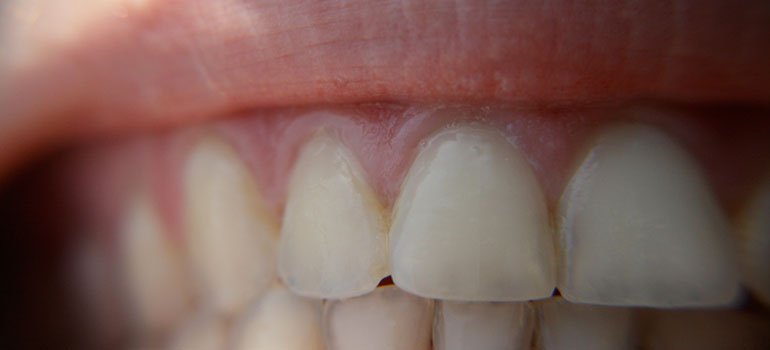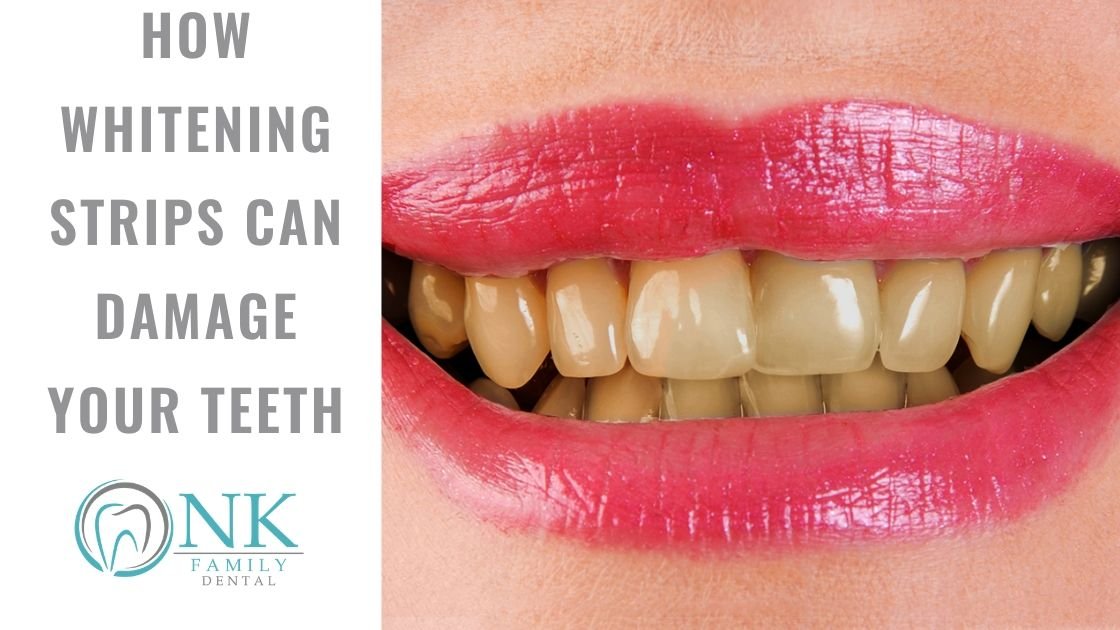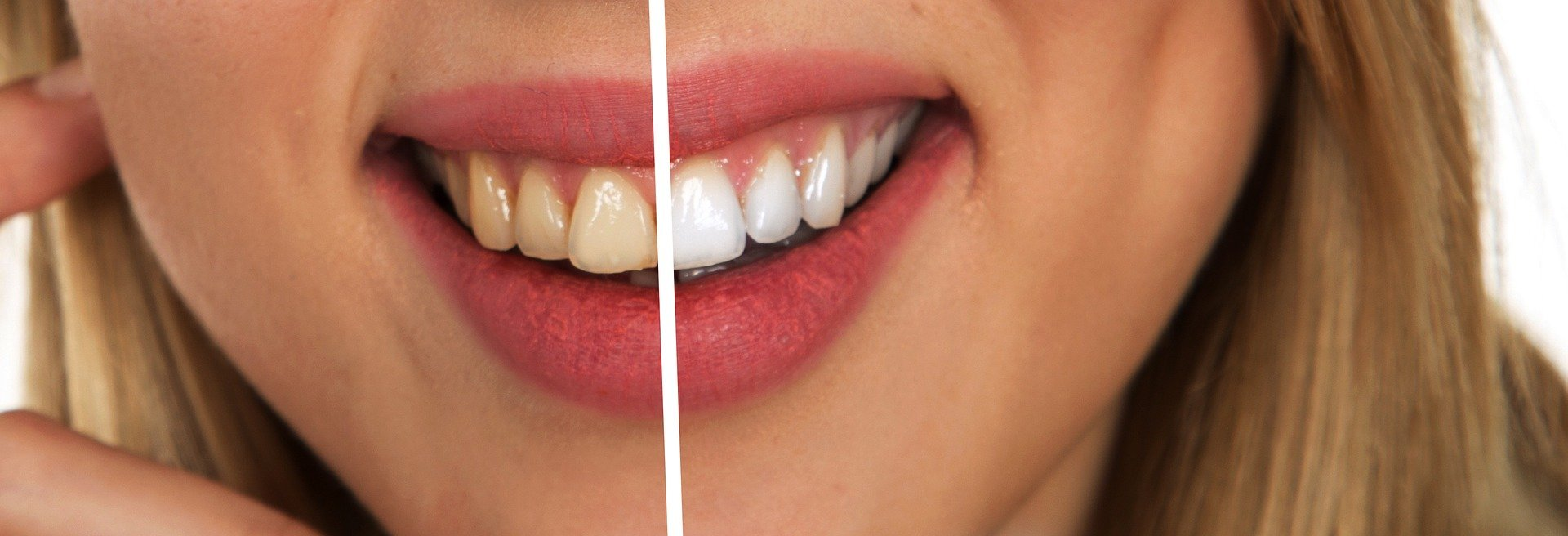Have you ever wondered if certain medical conditions can impact your ability to whiten your teeth? In the quest for a brighter smile, it’s important to consider any underlying health issues that might interfere with the teeth whitening process. From medications to oral diseases, this article will explore the various medical conditions that could potentially affect teeth whitening and provide guidance on how to navigate this cosmetic procedure safely. So, if you’re curious to learn more about the potential roadblocks on your journey to a gleaming smile, keep reading!

This image is property of news.ubc.ca.
Medical Conditions That Can Affect Teeth Whitening
Teeth whitening is a popular cosmetic dental procedure that can help you achieve a brighter, more radiant smile. However, there are certain medical conditions that can impact the effectiveness and safety of teeth whitening treatments. In this article, we will explore some of these conditions and how they can affect the outcome of your teeth whitening journey.
1. Oral Conditions
1.1 Tooth Sensitivity
Tooth sensitivity is a common oral condition where the teeth experience discomfort or pain when exposed to certain stimuli, such as hot or cold temperatures. This sensitivity can make teeth whitening treatments uncomfortable or even painful for some individuals. Before undergoing any whitening procedure, it is important to consult with your dentist to determine the cause of your tooth sensitivity and whether teeth whitening is a suitable option for you.
1.2 Gum Disease
Gum disease, also known as periodontal disease, is an infection of the gums that can cause inflammation, redness, and bleeding. The presence of gum disease can complicate teeth whitening procedures as it may irritate the gums further and lead to increased sensitivity. It is crucial to address any existing gum disease before considering teeth whitening, as the procedure may exacerbate the condition and cause further complications.
1.3 Tooth Decay
Tooth decay, also referred to as cavities or dental caries, occurs when bacteria in the mouth produce acids that damage the tooth enamel. If left untreated, tooth decay can weaken the tooth structure, leading to sensitivity and pain. Teeth whitening can be ineffective on teeth with extensive decay, and it is essential to have any cavities treated before pursuing any whitening treatments.
1.4 Enamel Erosion
Enamel erosion is the gradual loss of the tooth’s protective outer layer due to acids present in certain foods and drinks or caused by acid reflux and gastrointestinal conditions. When the enamel is worn down, the inner dentin layer becomes more exposed, resulting in yellowing or discoloration of the teeth. Teeth whitening treatments might not be as effective in achieving desired results for individuals with significant enamel erosion. In some cases, teeth bonding or veneers may be recommended instead to cover up the discoloration.

This image is property of www.verywellhealth.com.
2. Dental Work
2.1 Dental Crowns
Dental crowns are tooth-shaped caps that cover a damaged or decayed tooth to restore its function and appearance. However, they do not respond to teeth whitening treatments in the same way as natural teeth. If you have dental crowns in visible areas of your mouth, it is important to discuss with your dentist how teeth whitening treatments may affect the color discrepancy between your natural teeth and the crowns. In some cases, replacing the crowns to match the desired shade of your whitened teeth may be necessary.
2.2 Dental Veneers
Similar to dental crowns, dental veneers are thin shells placed over the front surface of the teeth to enhance their appearance. Veneers are typically made from porcelain or composite resin materials and are custom-made to achieve the desired shape and color. While veneers themselves are stain-resistant, the natural teeth underneath them can still be affected by discoloration. It is essential to consider the shade of your veneers before pursuing teeth whitening treatments to ensure a consistent and harmonious smile.
2.3 Dental Bonding
Dental bonding is a cosmetic procedure where a tooth-colored resin material is applied to the tooth and shaped to improve its appearance. The resin material is then hardened with a special light, bonding it to the tooth. Dental bonding can be an effective way to address minor discoloration or tooth damage. However, similar to veneers, dental bonding may not respond as well to teeth whitening treatments as natural teeth. It is crucial to discuss the potential impact of teeth whitening on bonded teeth with your dentist before proceeding.
3. Dark Tooth Discoloration
Some individuals may experience more severe tooth discoloration, commonly referred to as dark tooth discoloration. This type of discoloration can be caused by a variety of factors, such as trauma, medications, or certain medical conditions. Dark tooth discoloration can be challenging to whiten through conventional teeth whitening methods alone. In such cases, alternative cosmetic dental procedures like porcelain veneers or dental bonding might be recommended to effectively address the discoloration and achieve the desired results.

This image is property of post.medicalnewstoday.com.
4. Medications
4.1 Tetracycline Antibiotics
Tetracycline antibiotics, such as doxycycline or minocycline, are commonly prescribed for a range of bacterial infections. However, these medications can have a side effect of causing tooth discoloration, particularly in developing teeth. The discoloration caused by tetracycline antibiotics tends to be deep and resistant to traditional teeth whitening methods. In such cases, alternative cosmetic treatments like veneers or bonding may be necessary to achieve the desired tooth color.
4.2 Antipsychotics
Antipsychotic medications, often prescribed for individuals with mental health conditions such as schizophrenia or bipolar disorder, can also lead to tooth discoloration. The discoloration can present as a brownish or grayish hue and can be resistant to teeth whitening treatments. If you are taking antipsychotic medications and wish to undergo teeth whitening, consult with your dentist to explore alternative options to improve the color of your teeth.
4.3 Antihistamines
Antihistamine medications are commonly used to relieve allergy symptoms. However, some antihistamines can cause dry mouth as a side effect. Dry mouth, or xerostomia, can increase the risk of tooth decay and discoloration. Teeth whitening treatments may not be as effective for individuals experiencing dry mouth due to antihistamines. In such cases, it is important to discuss with your dentist how to manage dry mouth effectively while pursuing teeth whitening procedures.
4.4 High Blood Pressure Medications
Certain medications used to manage high blood pressure, such as calcium channel blockers, can cause tooth discoloration as a side effect. The discoloration may manifest as brown or black stains on the teeth. In some instances, these stains can be resistant to teeth whitening treatments. If you are taking high blood pressure medications and are considering teeth whitening, consult with your dentist to determine the most suitable course of action to achieve your desired results.
5. Radiation Therapy
Individuals who have undergone radiation therapy for head and neck cancers may experience tooth discoloration as a side effect. Radiation therapy can damage the salivary glands, leading to dry mouth and an increased risk of tooth decay and discoloration. Teeth whitening treatments may not be as effective for individuals who have undergone radiation therapy. It is crucial to consult with your healthcare team, including your dentist, to explore alternative options for addressing tooth discoloration and maintaining oral health.

This image is property of nkfamilydental.com.
6. Chemotherapy
Chemotherapy is a common treatment for various types of cancer. While it can be life-saving, chemotherapy drugs can cause tooth discoloration and other oral side effects. Chemotherapy-induced tooth discoloration tends to be widespread and resistant to conventional teeth whitening methods. If you are undergoing or have completed chemotherapy and are considering teeth whitening, it is important to discuss the possibilities and limitations with your dentist to make an informed decision about your dental care.
7. Genetic Factors
In some cases, tooth discoloration can be attributed to genetic factors. Some individuals may naturally have teeth that are more prone to discoloration or have a particular shade that is resistant to traditional teeth whitening methods. If you have a genetic predisposition to tooth discoloration, it is important to manage your expectations when it comes to teeth whitening. Working closely with your dentist can help determine the most suitable options for achieving a brighter smile that aligns with your genetic predispositions.

This image is property of irp-cdn.multiscreensite.com.
8. Age
As we age, our teeth naturally undergo wear and tear, which can lead to enamel thinning and increased susceptibility to discoloration. Age-related discoloration can be caused by a combination of genetic and environmental factors, such as consuming staining foods and drinks over time. Teeth whitening treatments may not yield the same results in older individuals due to the natural aging process of the teeth. It is crucial to discuss realistic expectations and alternative options with your dentist to achieve the best outcomes for your smile.
10. Lifestyle Factors
10.1 Smoking
Smoking is well-known for its detrimental effects on oral health, including tooth discoloration. The tar and nicotine present in tobacco can cause deep staining and yellowing of the teeth over time. Teeth whitening treatments may help improve the appearance of smoke-stained teeth; however, it is essential to address the underlying smoking habit to maintain long-lasting results. Quitting smoking is not only beneficial for your overall health but also for the success and longevity of any teeth whitening procedure.
10.2 Excessive Consumption of Staining Food and Drinks
Certain foods and drinks, such as coffee, tea, red wine, and dark-colored berries, can contribute to tooth discoloration. Regular consumption of these staining substances can gradually darken the teeth and make them more resistant to conventional teeth whitening methods. While teeth whitening treatments can help alleviate some of the staining, it is equally important to moderate the intake of staining food and drinks to maintain a brighter smile. Practicing good oral hygiene, including regular brushing and flossing, can also help minimize the impact of staining substances on your teeth.
In conclusion, teeth whitening can be an effective way to enhance the appearance of your smile. However, it is vital to consider any underlying medical conditions that may impact the success and safety of teeth whitening treatments. Consulting with your dentist and discussing your medical history, medications, and lifestyle habits can help determine the most suitable approach to achieve your desired results. Remember, a healthy smile goes hand in hand with overall oral health, so prioritizing regular dental check-ups and maintaining good oral hygiene practices will always be beneficial.